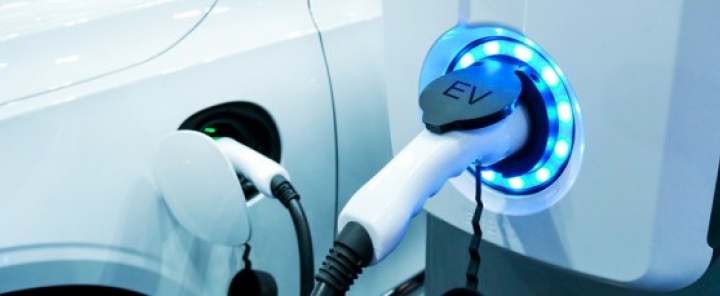Looking for a Vehicle Valuation or hpi check?
Government PiCG change to have minimal effect on used values

The shock timing of the government announcement on changes to the Plug-In Car Grant (PiCG) has prompted a flurry of questions regarding possible impact on used values for battery electric vehicles (BEVs).
The short-term increase in purchase price for those vehicles close to the new threshold of £35,000 is unlikely to immediately affect nearly new values, since used values for those models are generally not close to list price. Example: BMW i3 125kW 42kWh 5dr Auto (cap ID 87355) has a list price of £36,520 and is valued at retail today on a 2121 plate at 1,000 miles at £28,000. Even if there were a small price increase artificially applied by dealers, transaction prices are expected to be largely unchanged and no impact is expected to filter down to three year old values.
For the company car driver, there are still multiple incentives in place. The scale of the Capital Allowances and Class 1A Contributions benefits mean that most companies will still want their drivers to be able to take advantage of the zero Benefit In Kind rate and are likely to adjust company car bandings to compensate for vehicles which now fall outside of the PiCG subsidy. Although many of those who were considering quotes before the 18th of March will now be back to square one, there is probably less impact towards the previous threshold of the £50,000 list price as monthly lease rental bandings will tend to be wider.
Generally, the PiCG is not the determining factor in the purchase decision for retail customers. Although some may choose an alternative model, or a lower specification version, many are unlikely to be pushed into a used car transaction and for most models the registration volumes are dominated by fleet drivers in any case.
There will almost certainly be actions from the manufacturers to alleviate the problem. Many existing IDs are not far above the £35,000 limit and would become eligible for the PiCG following small reductions in list price. Other options undoubtedly being currently considered are reducing specification of existing vehicles (most of which are generously equipped) and accelerating the introduction of smaller battery versions to reduce up front prices. Some OEMs may also apply reductions to dealer discounts to partially alleviate the reduction in profitability.
It is possible that we will now see a list price ‘vacuum’ between £35,000 and £40,000 in the same way that we saw one develop between £50,000 and £55,000 under the previous scheme, whilst at the other end of the price bracket we expect some list price inflation for those vehicles which were previously constrained by the £50,000 limit and this could benefit used values in a small number of cases.
The biggest factor that is likely to influence used car supply and demand in the future is the availability of supply of new cars. Manufacturers may be tempted to divert supply to other, more profitable markets which are applying larger (and increasing) incentives, rather than build vehicles for the UK market. However, although the reduced speed of adoption would be expected to have a positive impact on used values due to reduced supply, used car demand in this situation is also stimulated by the new car demand: more cars on the road drive increased awareness and also fuel increases in used car demand.
The situation is complex and further changes can be expected in March 2022, but our current expectation is that there is no overriding impact on used values in either direction. We expect BEVs to continue to reduce in price by more than internal combustion engine cars, but to retain a significant premium for the foreseeable future, partly due to the intrinsic value of the battery itself. There will of course be a lot of variation on an individual model level, but broadly we see the impact on used values of the changes to the PiCG as neutral.
Let's keep in touch.
Thanks for signing up.
Join our mailing list to keep up to date on the latest news, reviews and insights.